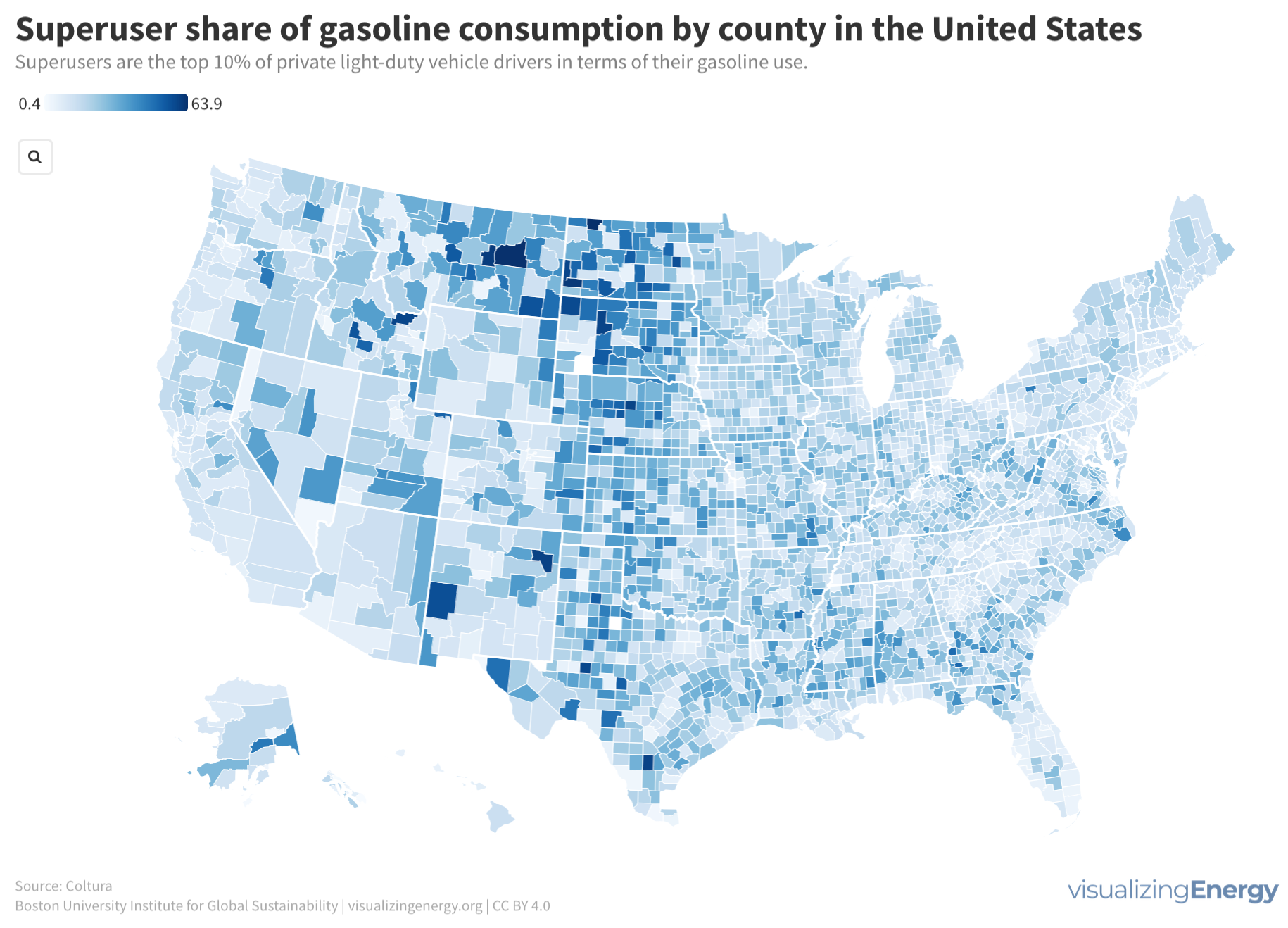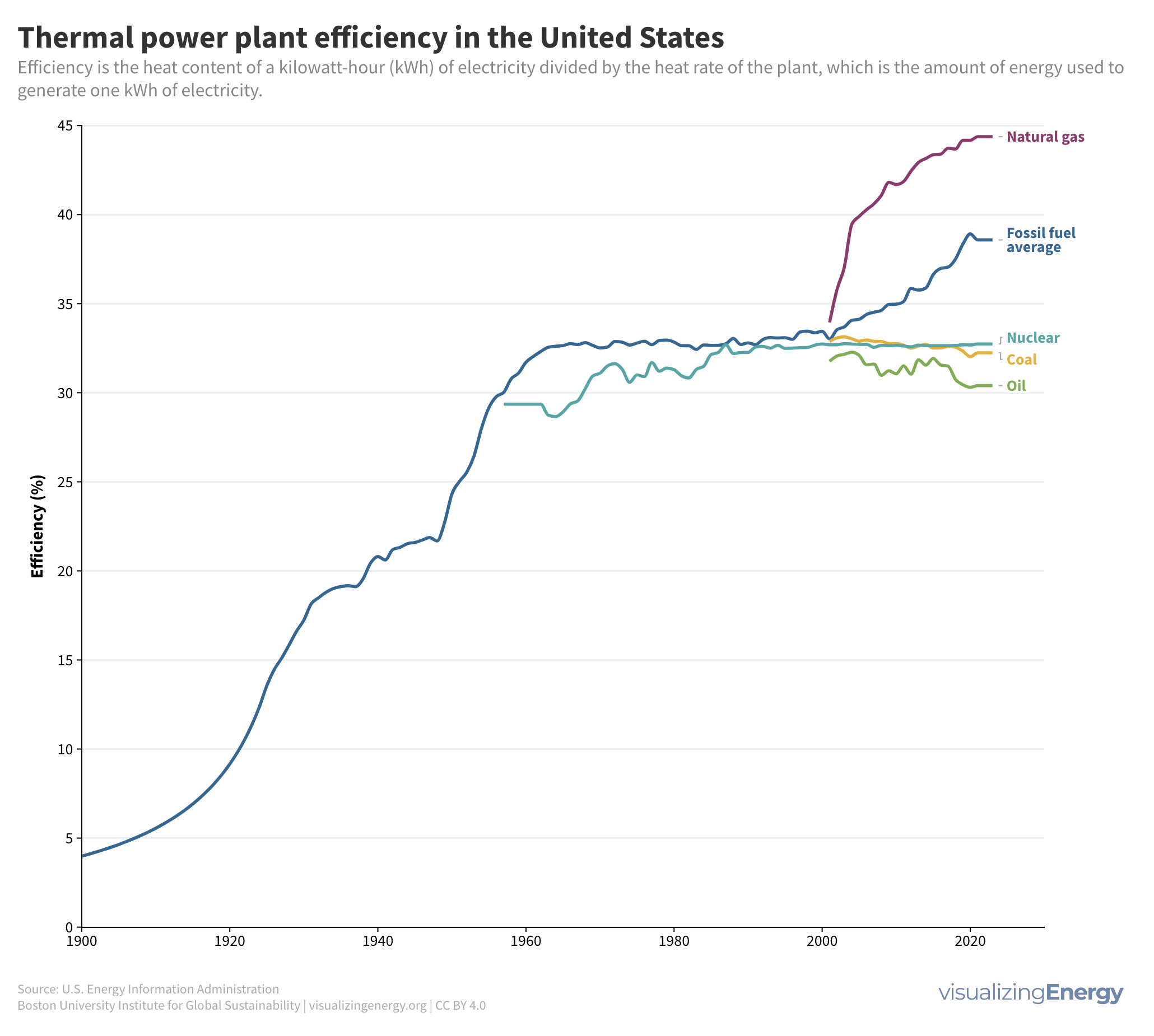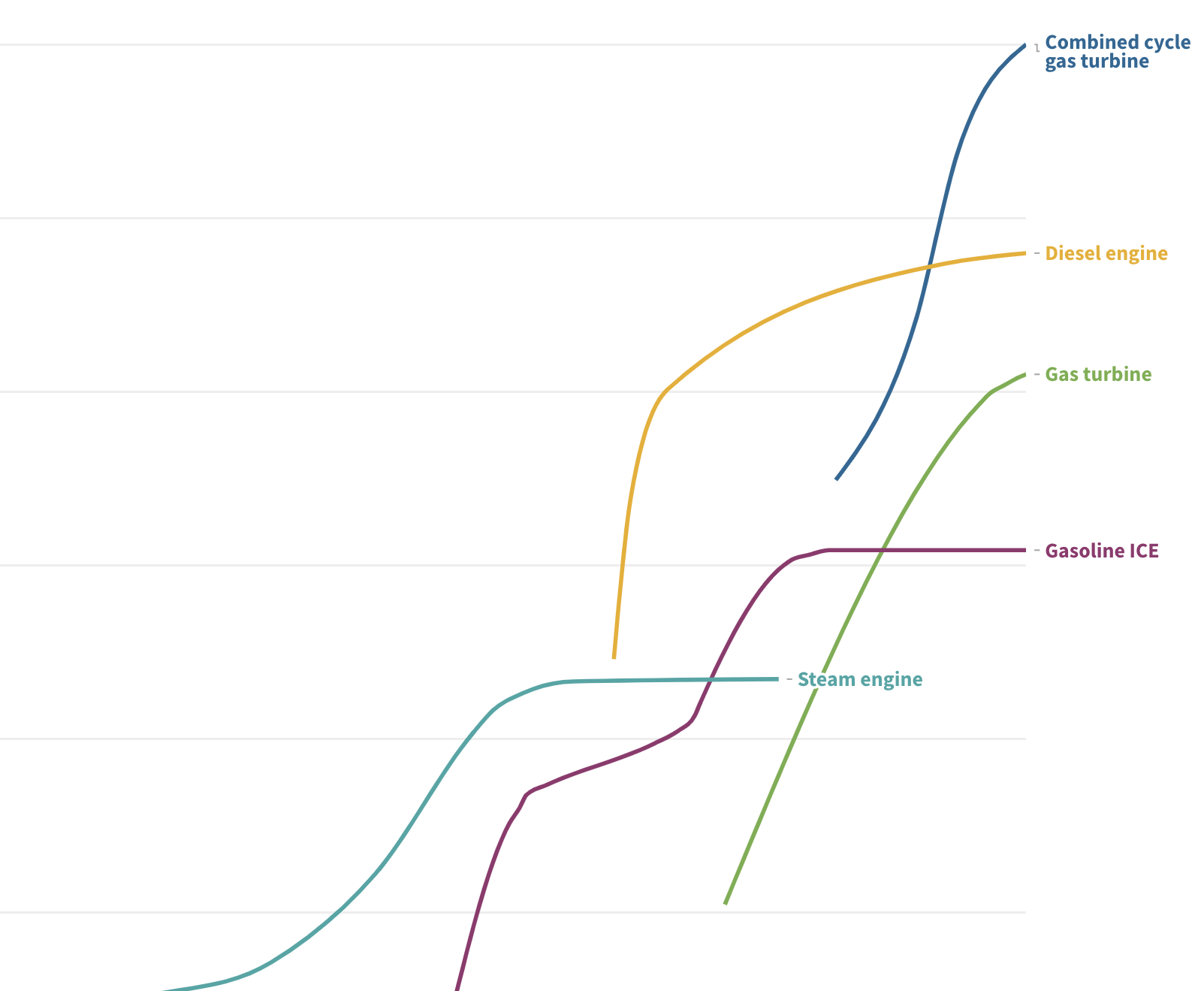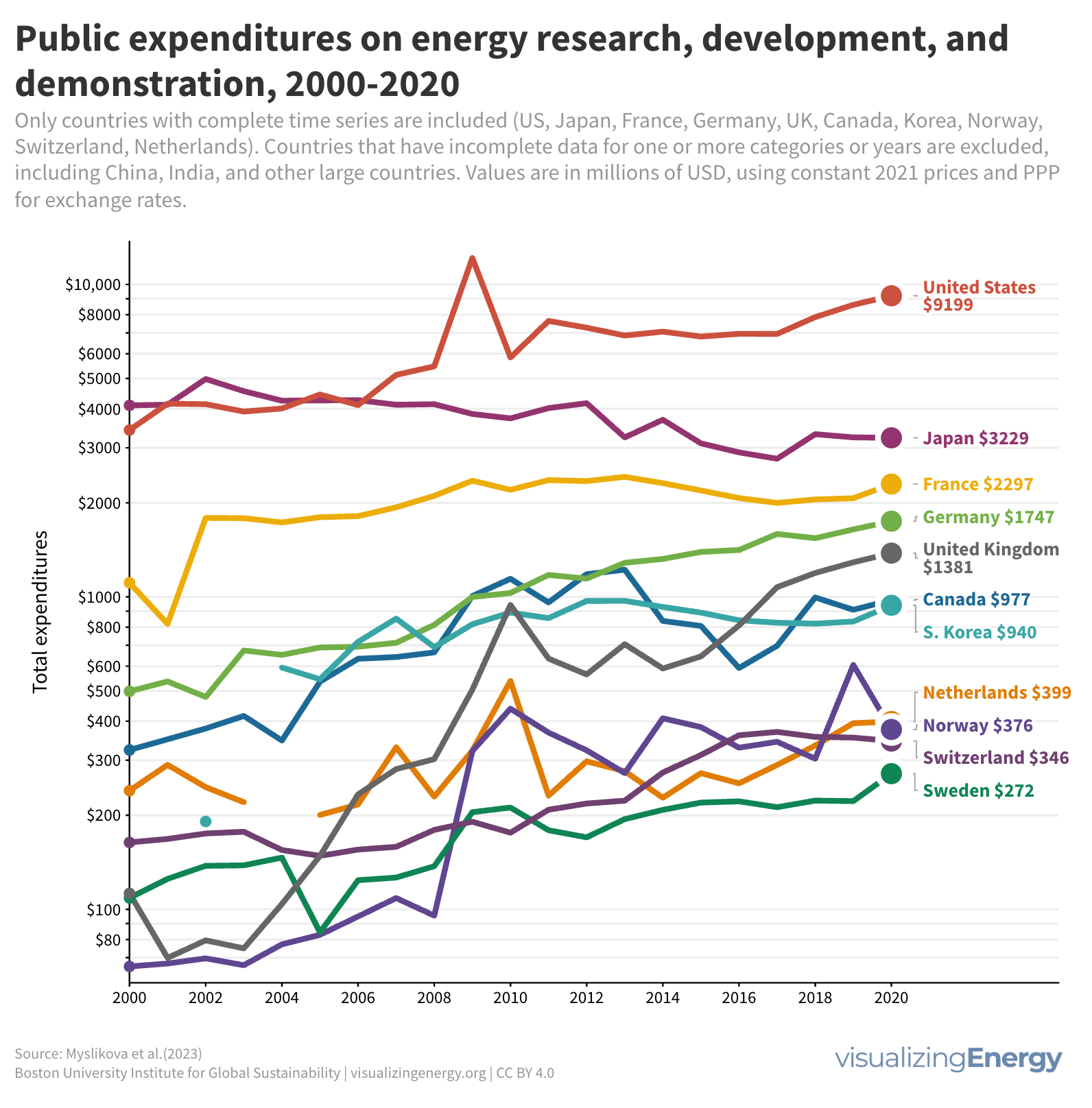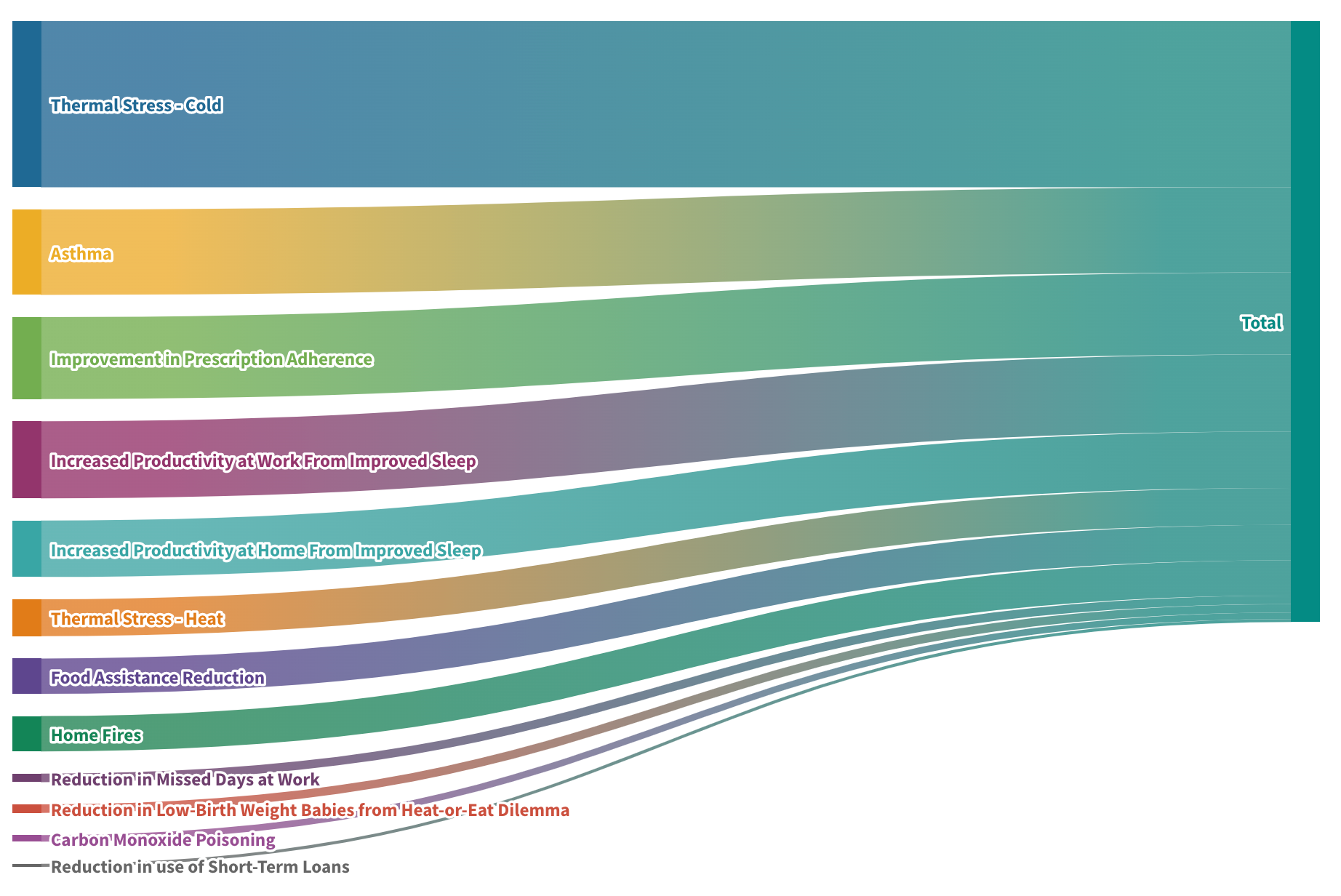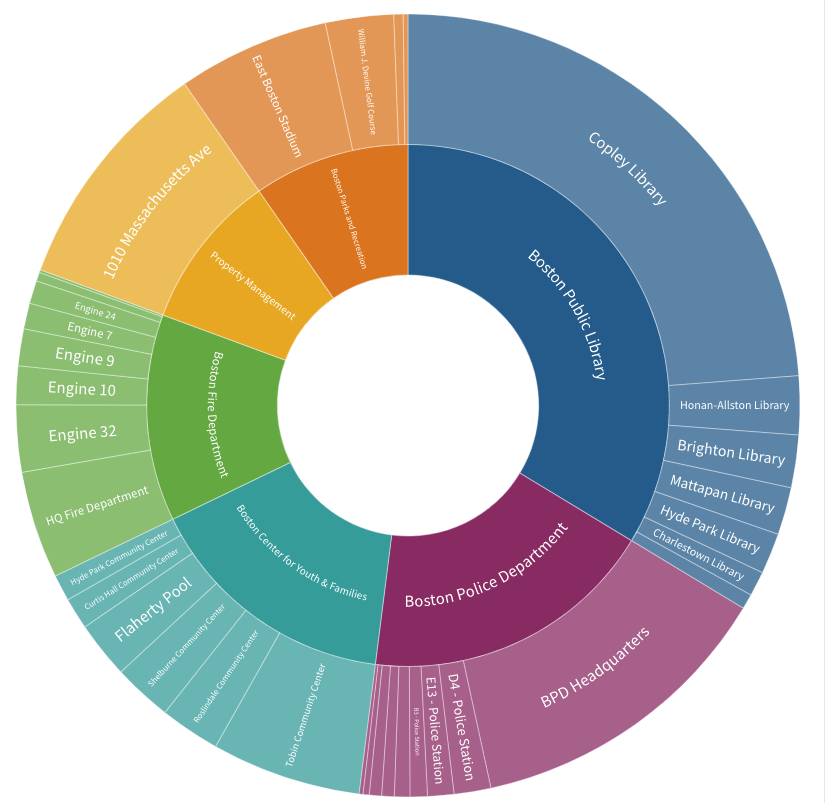How has the knowledge economy affected energy use?
Digitalization uses digital technologies and systems to improve, transform, or create processes, operations, and services. It involves integrating digital tools and technologies, especially computers and


